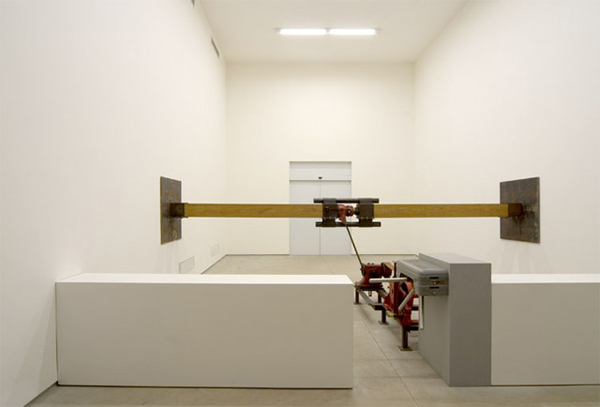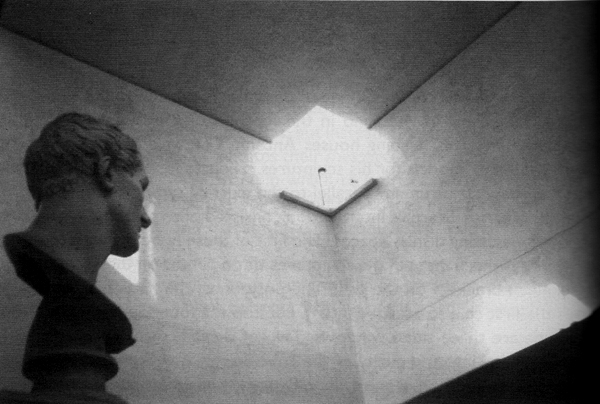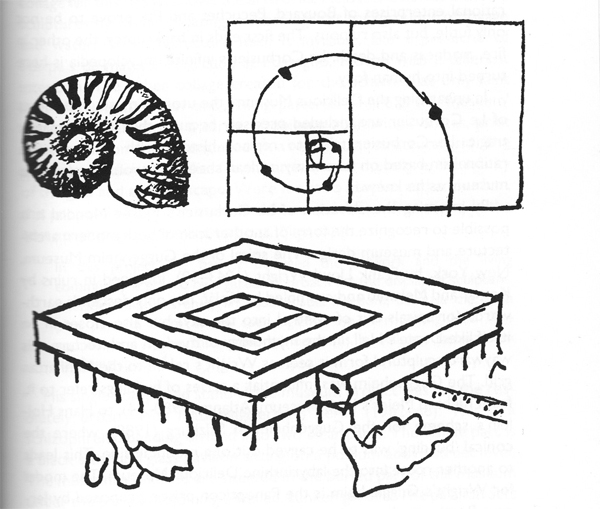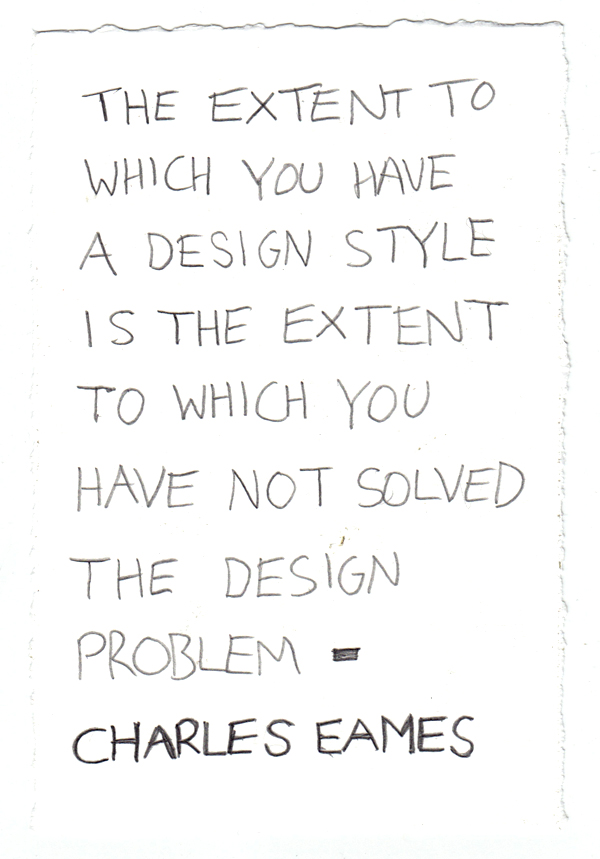Jean Baudrillard, The System of Objects, translation: James Benedict, Verso, London, 2005. Part B, Ch. 2: A Marginal System: Collecting.
"Littre's dictionary defines 'objet' in one of it's meanings as 'anything which is the cause or subject of a passion; figuratively - and par excellence - the loved object'."
"If i use a refrigerator to refrigerate, it is a practical mediation: it is not an object but a refrigerator. And in that sense i do not possess it. A utensil is never possessed, because a utensil refers one to the world; what is possessed is always an object abstracted from its function and thus brought into relationship with the subject."
"At on extreme, the strictly practical object acquires a social status: this is the case with the machine. At the opposite extreme, the pure object, devoid of any function or completely abstracted from its use, takes on a strictly subjective status: it becomes part of a collection. It ceases to be a carpet, a table, a compass or a knick knack and becomes an object in the sense in which a collector will say 'a beautiful object' rather than specifying it, for example, as 'a beautiful statuette'. An object no longer specified by its function is defined by the subject, but in the passionate abstractness of possession all objects are equivalent. And just one object no longer suffices: the fulfillment of the project of possession always means a succession or even a complete series of objects."
"Only a more or less complex organization of objects, each of which refers to all the others, can endow each with an abstractness such that the subject will be able to grasp it in that lived abstractness which is the experience of possession."
"Collecting, however offers a model here: through collecting, the passionate pursuit of possession finds fulfillment and the everyday prose of objects is transformed into poetry, into a triumphant unconscious discourse."
"Collectors are forever saying that they are 'crazy about' this or that object, and they all without exception - even where the perversion of fetishism plays no part - cloak their collection in an atmosphere of clandestineness and concealment, of secrecy and sequestration, which in every way suggests a feeling of guilt. It is this passionate involvement which lends a touch of the sublime to the regressive activity of collecting; it is also the basis of the view that anyone who does not collect something is 'nothing but a moron, a pathetic human wreck'(M. Fauron, president of the cigar-band collectors' association, in Liens, May 1964)"
"Collecting is thus qualitative in its essence and quantitative in its practice."
"In the words of Muarice Rheims: 'For man, the object is a sort of insentient dog which accepts his blandishments and returns them after his own fashion, or rather which returns them like a mirror faithful not to real images but to images that are desired. (Rheims, La vie etrange des objets, pg 50)"
"The unique object is in fact simply the final term, the one which sums up all the others, that it is the supreme component in an entire paradigm (albeit a virtual, invisible or implicit one) - that it is, in short, the emblem of the series."
"The object obtains exceptional value only by virtue of its absence."
phew.





